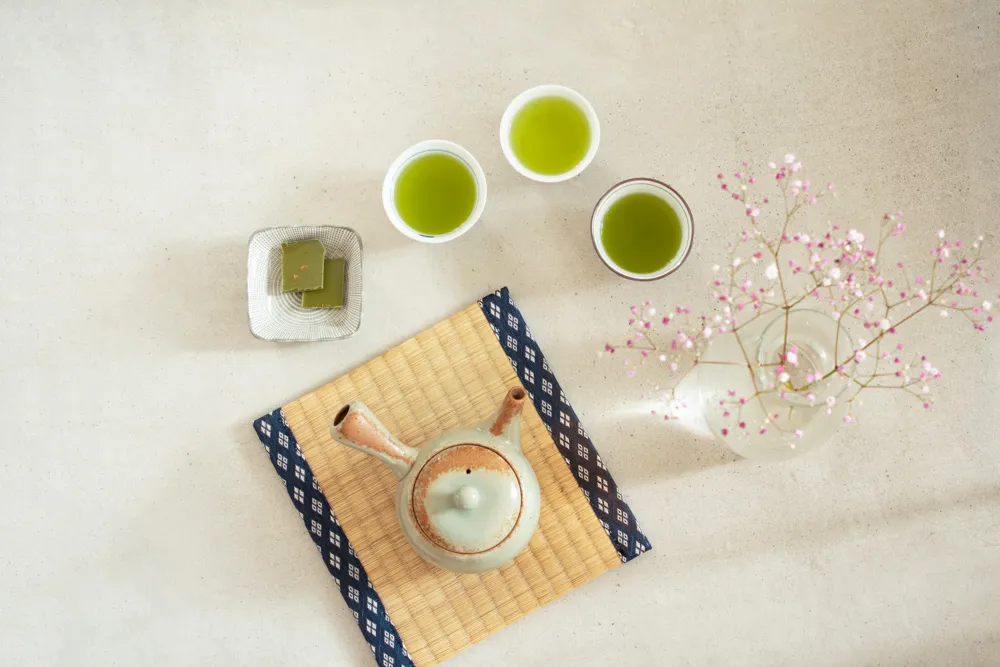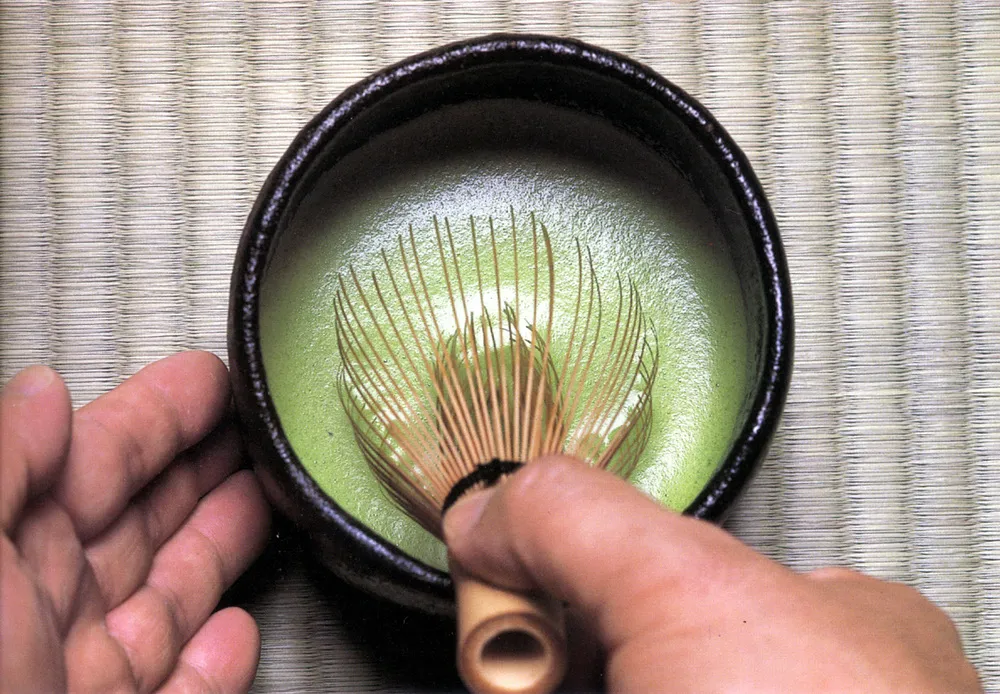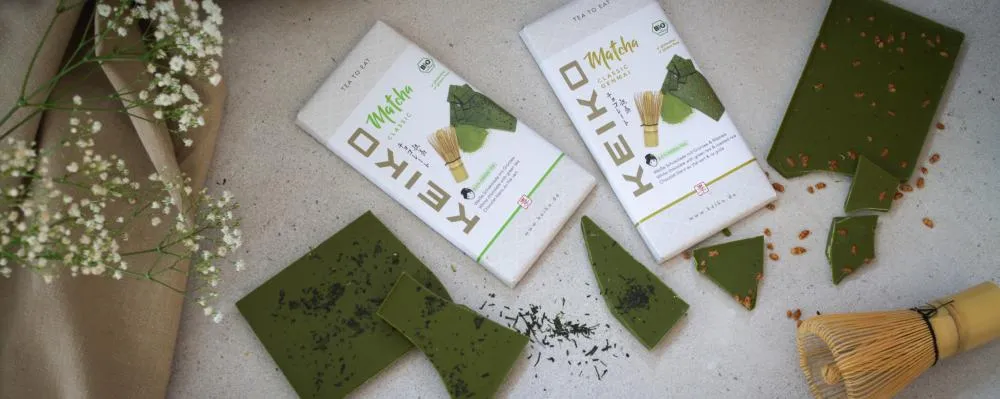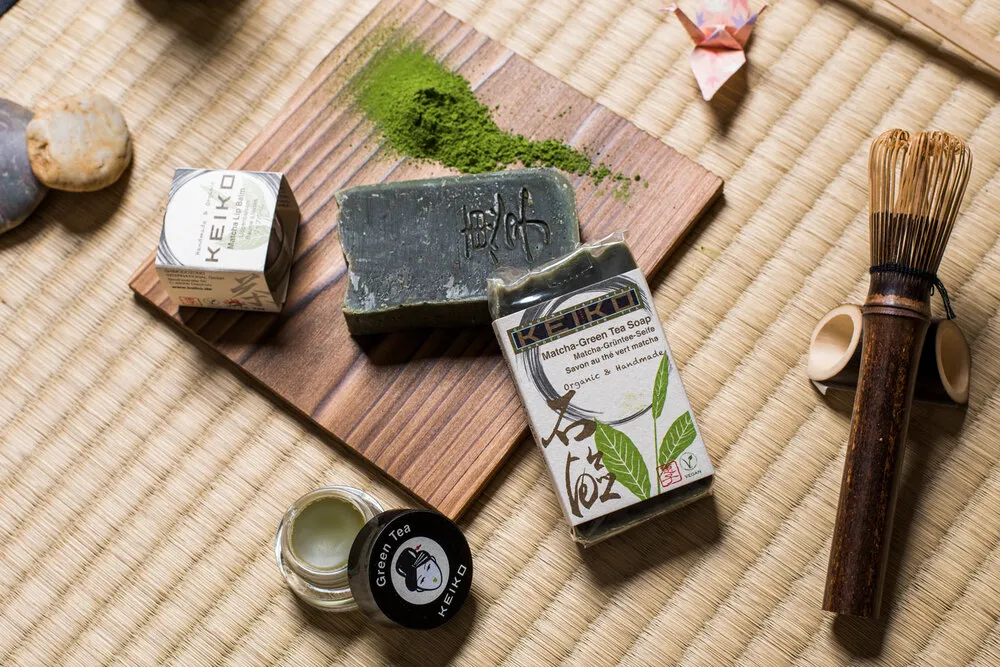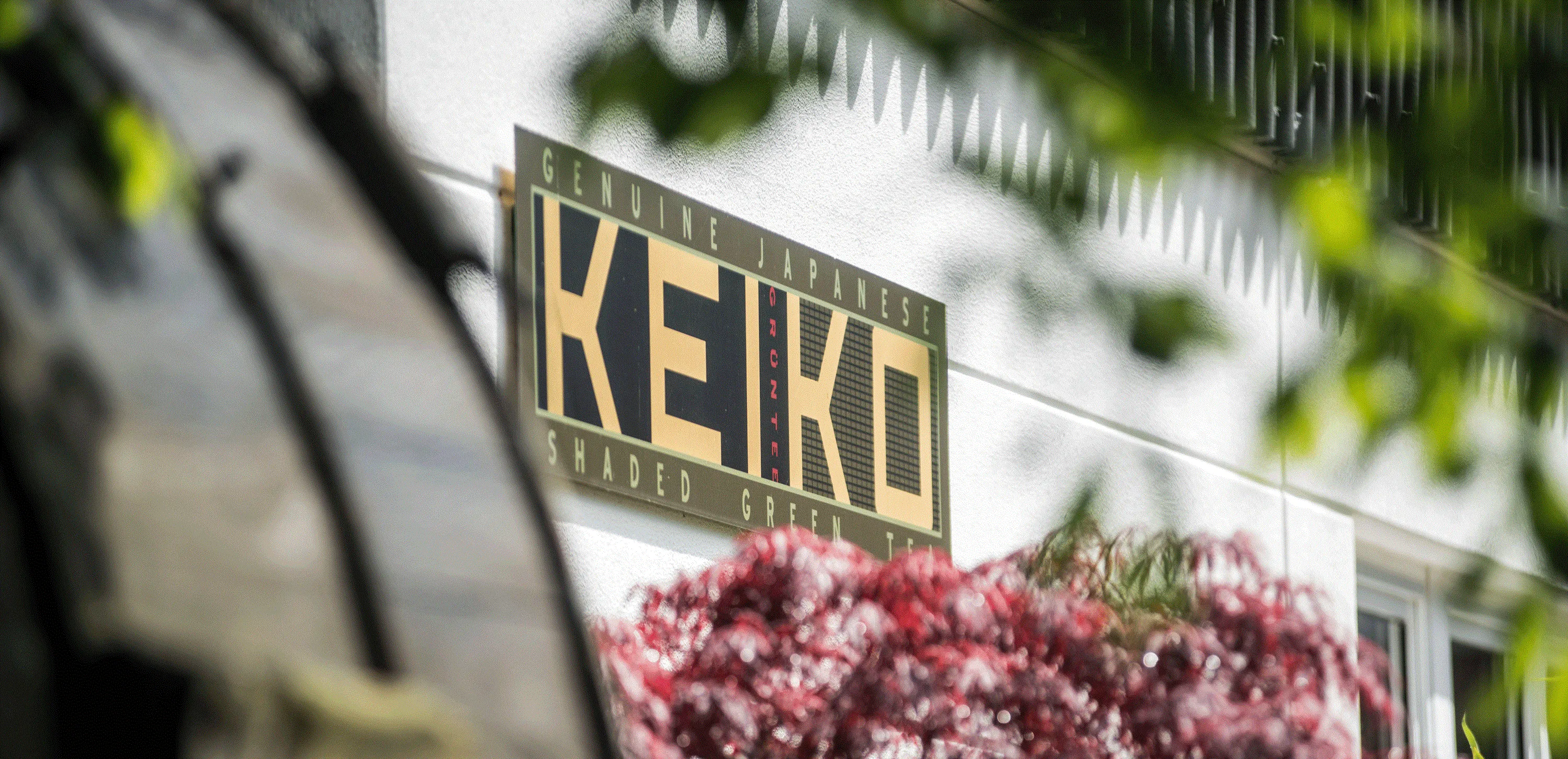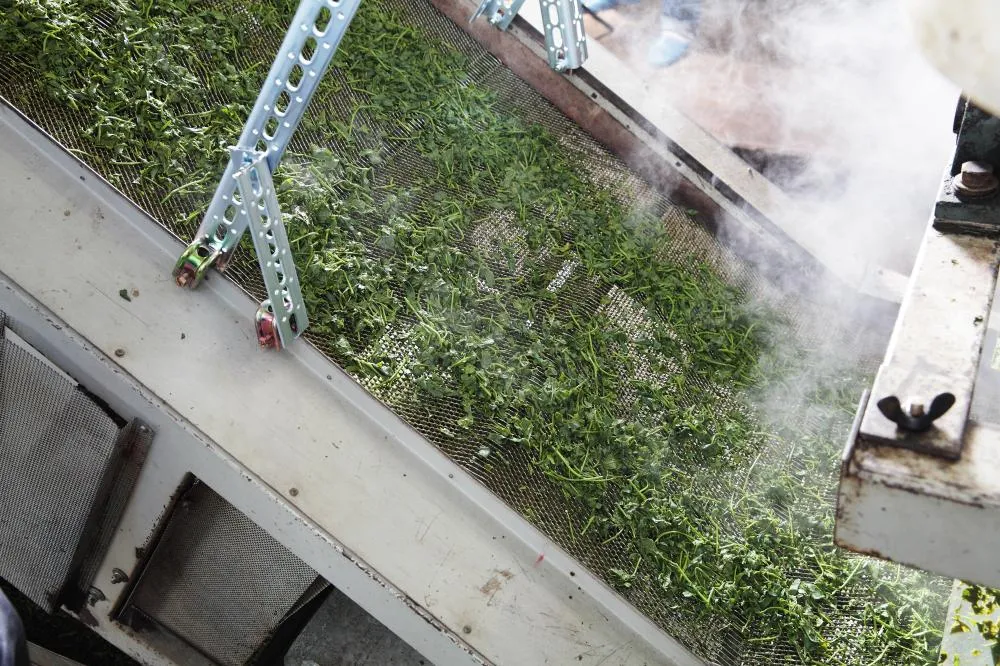
Fukamushi
深蒸し
ふかむし
In the production of green tea, fermentation is stopped by heating the freshly harvested tea leaves.
The impact of the process used for this on the taste and ingredients of the tea becomes clear when comparing it to Chinese green teas, which are traditionally roasted in large pans, while in Japan a steaming process is usually used for this purpose.
These steamed Japanese teas are often simply summarised as Sencha. But even among steamed teas, there are differences depending on the strength and duration of the steaming.
From the beginning, our partners at Shimodozono Japan have placed great emphasis on tickling the best possible aroma out of each tea on the one hand, and on bringing as many of the valuable ingredients of the fresh tea leaf as possible into the cup and making them available to the body on the other.
In order to achieve this, the steaming processes have been continuously developed and improved over the years. The freshly harvested tea is steamed at 100°C directly in the field.
"Fukamushi" is the intense steaming process with a duration of 60-90 seconds.
The intensive steaming breaks up the cell structure of the tea leaves so that the ingredients are released particularly well during infusion. Fukamushi teas can therefore be recognized by their rather small, matt leaves (in comparison to the sometimes long, shiny needles of some Asamushi teas), which develop a particularly deep green color with a high suspended matter content when infused, while lightly steamed and especially Chinese roasted teas usually have a clear, light, often yellowish cup.
For Fukamushi teas, pots with the finest possible sieves are ideal due to the small leaf particles. With clay strainers with larger holes, pieces of leaf can end up in the infusion. As the leaves can also be drunk, this is not really a problem - but not everyone likes it.
Fukamushi teas are marked with this symbol on KEIKO tea boxes:
For more info on steaming, see our green tea blog.

